The Broken Bridge of Dandong: Where History Meets Nature
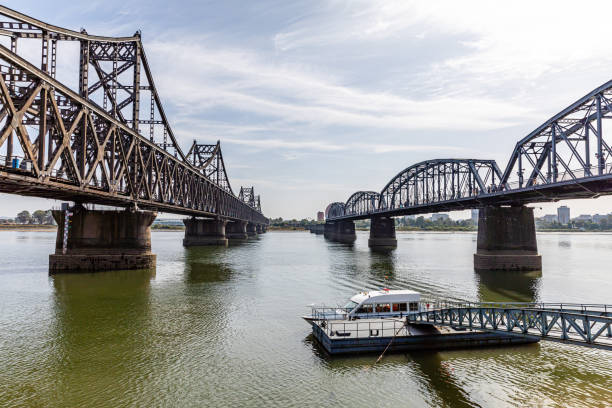
An Essential Guide to Visiting Dandong_Yalu_River_Broken_Bridge
Nestled on the banks of the Yalu River, the Dandong Yalu River Broken Bridge stands as a poignant reminder of history, conflict, and the thin line that separates two worlds. Though its once-majestic structure was partially destroyed during the Korean War, it remains a popular destination for curious travelers seeking a glimpse into North Korea from the Chinese side. As you walk along the remnants of this bridge, you can feel the echoes of the past, enhanced by the haunting melodies of Chinese evergreen songs wafting through the air.
The Broken Bridge, officially known as the Yalu River Bridge, was originally completed in 1911 and served as a vital connection between China and Korea before its tragic fate. Today, it not only offers a unique vantage point to peer into the enigmatic realm of North Korea but also serves as a testament to resilience and the enduring spirit of the people who lived through tumultuous times. With stunning views of the river and a backdrop of poignant monuments, your visit here promises to be both an educational and emotional experience.
Whether you’re a history enthusiast, a curious traveler, or simply looking for a captivating photo opportunity, the Dandong Yalu River Broken Bridge is an essential stop on your journey through this fascinating border town. Prepare to be captivated by the stories that linger in the air and the striking contrast of cultures just a stone’s throw away.
In This Guide
- An Essential Guide to Visiting Dandong_Yalu_River_Broken_Bridge
- The Rich History and Legends of Dandong_Yalu_River_Broken_Bridge
- Main Highlights: What You Absolutely Can’t Miss
- Planning Your Visit: A Practical Guide
- Tickets: Prices, Booking, and Tips
- How to Get There: A Complete Transportation Guide
- Local Cuisine and Accommodation Nearby
- Frequently Asked Questions
- Final Thoughts on Your Trip
The Rich History and Legends of Dandong_Yalu_River_Broken_Bridge
Nestled along the banks of the Yalu River, the Dandong Yalu River Broken Bridge stands as a poignant testament to the tumultuous history of the region. Originally constructed in 1911, this engineering marvel was designed to facilitate trade between China and Korea. The bridge featured a unique horizontal-opening beam mechanism, which allowed tall vessels to pass underneath, showcasing the ingenuity of its Japanese architects.
However, the bridge’s fate took a dramatic turn during the Korean War in the early 1950s. As tensions escalated and conflict erupted, the structure was targeted and ultimately bombed by American forces. The resulting devastation left a significant portion of the bridge in ruins, creating a striking visual representation of the war’s impact on the region. Today, the Broken Bridge remains a national monument, preserved in its dilapidated state to serve as a reminder of the past.
Visitors to Dandong often find themselves captivated by the bridge’s haunting beauty and its historical significance. As you stroll along the remnants of the structure, you can almost hear the echoes of history, with the gentle lapping of the river and the distant strains of Chinese folk songs enhancing the atmosphere. The view across the river offers a stark contrast, with North Korea’s Sinuiju visible from the bridge—a ghostly landscape of dilapidated buildings and a silent Ferris wheel that evokes a sense of melancholy.
The Broken Bridge has not only become a popular destination for tourists but also a pilgrimage site for Chinese war veterans and their families. They come to pay homage to the sacrifices made during the war, reflecting on the profound historical narratives woven into the very fabric of the bridge. The site has also inspired a rich tapestry of legends and stories, with many recounting tales of bravery and loss.
As you stand on this iconic structure, you are not merely an observer but a participant in a larger historical dialogue. The Dandong Yalu River Broken Bridge invites you to reflect on the complexities of past conflicts and the enduring spirit of resilience. It is a place where history comes alive, offering a profound connection to a time that shaped the destinies of nations.
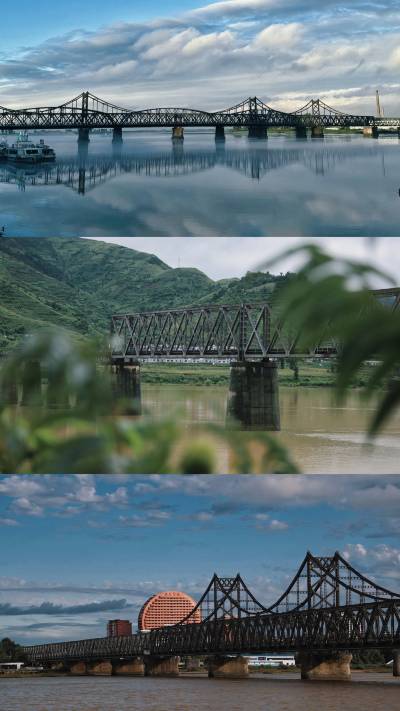
Dandong_Yalu_River_Broken_Bridge.
Main Highlights: What You Absolutely Can’t Miss
Visiting the Dandong Yalu River Broken Bridge is like stepping into a living history book, where the remnants of the past tell tales of conflict, resilience, and the stark contrasts between neighboring worlds. Here’s what you absolutely can’t miss during your visit to this iconic site.
The Bridge Itself
The Broken Bridge, a half-constructed relic of war, stands as a poignant reminder of the Korean War. Originally completed in 1911, this unique horizontal-opening beam bridge was partially destroyed during the conflict, leaving behind a striking visual that symbolizes both destruction and endurance. As you walk along the bridge, take a moment to reflect on its history and the stories it could tell. The sight of the bridge, especially from the end where the war damage is prominently displayed, provides a powerful backdrop for photographs and contemplation.
The View of North Korea
One of the most compelling reasons to visit the Broken Bridge is the breathtaking view it offers of North Korea. Standing at the edge, you can peer into the ‘Hermit Kingdom’ and witness the stark differences between the two sides of the Yalu River. Binocular rentals are available, allowing you to gaze deeper into the North Korean landscape, spotting the ghost town of Sinuiju with its dilapidated buildings and eerie absence of life.
Evening Illumination
For a different experience, consider visiting at night when the bridge is illuminated in a spectrum of colors. The contrasting visuals of the brightly lit Chinese side against the dimly lit North Korean border create a surreal atmosphere, making it a perfect time for evening strolls and photography.
Surrounding Attractions
The Broken Bridge is situated in the heart of Dandong, surrounded by other historical landmarks and attractions. Don’t miss the nearby Yalu River Park, where you can enjoy scenic views of the river and relax amidst nature. The Korean War Memorial and Jinjiangshan Park are also within walking distance, adding depth to your historical exploration.
Cultural Insights
As you explore the area, immerse yourself in the local culture. The sounds of traditional Chinese music, often playing in the background, enhance the experience, bringing the history alive. Engaging with local vendors and tasting regional cuisine can also enrich your visit, offering a glimpse into the daily life of those living in this border town.
Visiting Tips
- Admission Fee: There is a small fee (around 30 CNY) to access the bridge, which is well worth it for the experience and views.
- Best Time to Visit: Aim to visit early in the morning or late afternoon for the best lighting and fewer crowds.
- Safety Precautions: Be mindful of local regulations and respect the sensitivity surrounding the border area.
In summary, the Dandong Yalu River Broken Bridge is not just a bridge; it’s a portal to understanding the complexities of history, culture, and geopolitics. Whether you’re a history buff, a photography enthusiast, or simply seeking a unique travel experience, this site promises to leave a lasting impression.
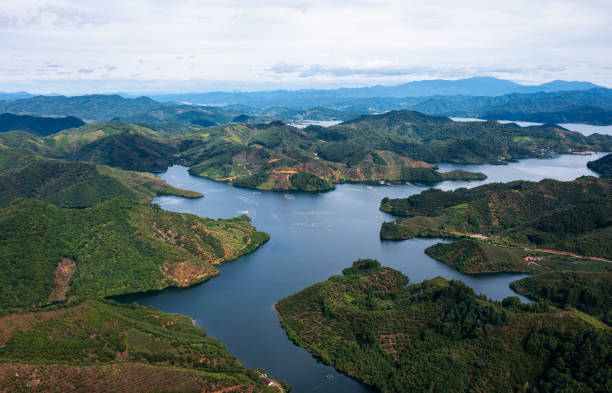
Dandong_Yalu_River_Broken_Bridge.
Planning Your Visit: A Practical Guide
Visiting the Dandong Yalu River Broken Bridge offers a unique opportunity to explore a site steeped in history and cultural significance. As you plan your visit, consider the following practical tips to enhance your experience.
Getting There
Dandong is easily accessible by train from major Chinese cities like Beijing and Shenyang. The Dandong Railway Station is conveniently located just a short distance from the Yalu River Broken Bridge. Upon arrival, you can either walk to the bridge or take a taxi, which is a quick and affordable option.
Opening Hours
The Yalu River Broken Bridge is open for visitors from 8:00 AM to 4:00 PM, Thursday to Wednesday. However, it is advisable to check for any changes in hours on the day of your visit, especially during holidays or special events.
Admission Fees
Access to the bridge typically involves a small admission fee of around 30 CNY. This fee contributes to the maintenance of the site and helps preserve its historical significance.
Best Time to Visit
For the best experience, consider visiting early in the morning or late in the afternoon. These times not only provide softer lighting for photography but also allow you to avoid larger crowds. Additionally, the evening offers a chance to see the bridge illuminated, creating a captivating view.
What to Expect
The Broken Bridge, which was partially destroyed during the Korean War, stands as a poignant reminder of the region’s tumultuous history. As you stroll along the bridge, you will be struck by the stark contrast between the bustling Chinese side and the quiet, almost ghostly atmosphere of North Korea just across the river.
Many visitors rent binoculars at the wharf to get a closer look at the North Korean city of Sinuiju, known for its abandoned-looking buildings and lack of visible activity. The experience can be both haunting and enlightening, giving you a glimpse into the realities of life in the isolated nation.
Nearby Attractions
After visiting the bridge, consider exploring some of the nearby attractions:
– Yalu River Park: A scenic spot perfect for a leisurely stroll along the river.
– Korean War Memorial: Offers insights into the historical context of the area.
– Yalu River Bridge: A beautiful bridge that connects Dandong to North Korea, ideal for photography.
Dining Options
You’ll find several dining options within a short distance of the bridge. Here are a few recommendations:
– Long Ji BanYu Zhuang: A popular spot for seafood lovers, just half a mile away.
– Zhong LianMei Shi Cheng: Known for its diverse menu and pleasant atmosphere, located about 0.7 miles from the bridge.
– Dandong North Korean Restaurant: Experience North Korean cuisine and culture in a unique setting, approximately 1.8 miles away.
Practical Tips
- Cash is King: While some places may accept cards, it’s advisable to carry cash, especially for small vendors and local eateries.
- Language: English may not be widely spoken, so having a translation app or some basic Mandarin phrases can be helpful.
- Respect Local Customs: As you are visiting a politically sensitive area, it’s important to be respectful and mindful of your surroundings. Avoid discussing sensitive political topics with locals.
With these tips in mind, your visit to the Dandong Yalu River Broken Bridge promises to be a memorable and insightful journey into a region rich in history and culture.
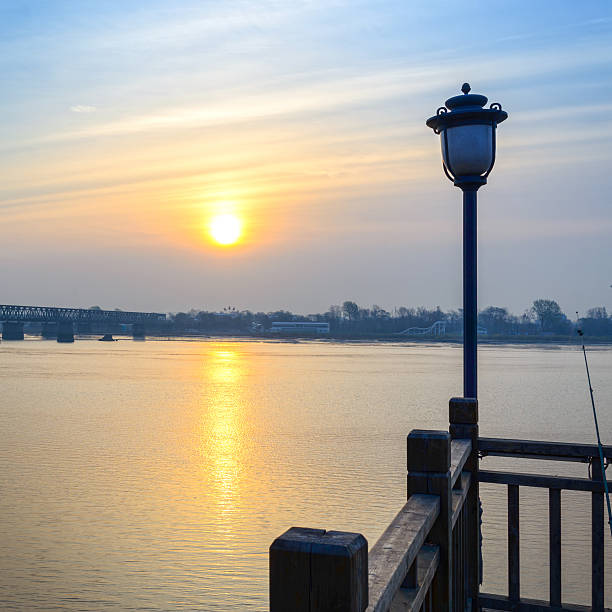
Dandong_Yalu_River_Broken_Bridge.
Tickets: Prices, Booking, and Tips
Visiting the Dandong Yalu River Broken Bridge is a unique experience that intertwines history, culture, and breathtaking views of North Korea. To make the most of your trip, here’s essential information on tickets, prices, booking, and some handy tips.
Ticket Information
Admission Fee:
To walk along the Broken Bridge, an admission fee of approximately 30 CNY (Chinese Yuan) is required. This small fee grants you access to one of the most historically significant sites in Dandong, where you can see the remnants of the bridge that once connected China and North Korea.
Booking Tickets
You can purchase tickets directly at the entrance of the Broken Bridge. It’s advisable to arrive early, as the site can get busy, particularly during weekends and holidays. There’s no need for advance booking, as tickets are available on-site.
Operating Hours
The Dandong Yalu River Broken Bridge is open daily from 8:00 AM to 4:00 PM. Be sure to plan your visit within these hours to ensure you have ample time to explore and soak in the atmosphere.
Tips for Your Visit
-
Time Your Visit:
To avoid crowds and enjoy a more intimate experience, consider visiting early in the morning. This is also a great time for photography, as the lighting can be particularly beautiful. -
Bring Binoculars:
Many visitors recommend renting binoculars to get a closer look at the North Korean side of the river. The stark contrasts between the two countries are fascinating and worth observing. -
Dress Comfortably:
Wear comfortable shoes, as you’ll be walking along the bridge and exploring the surrounding areas. The weather can also change quickly, so check the forecast and dress accordingly. -
Explore Nearby Attractions:
The Yalu River Park and the Korean War Memorial are nearby attractions worth visiting. Take some time to explore the local culture and history that Dandong has to offer. -
Enjoy Local Cuisine:
After your visit, indulge in local delicacies at one of the nearby restaurants. Seafood is particularly popular in this riverside city, and there are plenty of options to choose from.
This visit to the Dandong Yalu River Broken Bridge is not just a sightseeing opportunity; it’s a journey through history, making it a must-see for any traveler exploring this unique border town.
How to Get There: A Complete Transportation Guide
Getting to the Dandong Yalu River Broken Bridge is an adventure that combines stunning landscapes with a unique glimpse into history. Nestled in Dandong, China, this landmark serves as a poignant reminder of the region’s turbulent past and offers visitors a rare view into North Korea. Here’s how to navigate your way to this historical site.
By Air
Closest Airport:
The nearest major airport is Dandong Langtou Airport (DDG), located approximately 15 kilometers (9 miles) from the city center.
From the Airport:
– Taxi: The quickest way to reach the city is by taxi, which should take around 30 minutes and cost between 40-60 RMB.
– Airport Shuttle: Check for shuttle services that may operate to major hotels or central locations in Dandong.
By Train
Train Stations:
– Dandong Railway Station: This is the primary train station in Dandong, well-connected to major cities in China.
From Major Cities:
– From Beijing: Take a high-speed train from Beijing West Railway Station to Dandong. The journey lasts about 9-10 hours.
– From Shenyang: A quicker option, with trains taking approximately 3-4 hours.
Once in Dandong:
– The railway station is conveniently located just a short taxi ride or a 20-30 minute walk from the Yalu River Broken Bridge.
By Bus
Long-Distance Buses:
– Buses to Dandong depart from various cities, including Shenyang, Anshan, and Dalian. The bus terminal is typically situated near the city center.
Local Transportation:
– Upon arrival, local bus services or taxis can easily transport you to the bridge. Look for the bus routes that head towards the Yalu River Park area, as many buses will stop nearby.
By Car
Driving Directions:
– If you’re driving from Shenyang, take the G1 (Shenyang-Dandong Expressway) for a scenic ride of about 4 hours.
Parking:
– There are parking facilities available near the Yalu River Broken Bridge, though they can fill up quickly during peak tourist seasons.
Local Transportation
Getting Around Dandong:
– Taxis and Ride-Hailing Apps: Taxis are readily available and can be flagged down or booked via apps like Didi. Expect fares to be reasonable.
– Public Buses: Dandong has an extensive bus network. Bus lines 1 and 3 stop near the Yalu River Broken Bridge, providing an economical way to explore the city.
Walking to the Bridge
Once you arrive in the vicinity of the Yalu River Broken Bridge, it’s best to explore on foot. The area surrounding the bridge is pedestrian-friendly, allowing you to take in the views of the river and the North Korean border as you stroll toward this significant historical site.
Admission and Opening Hours
Before you go, keep in mind that the Yalu River Broken Bridge is open from 8:00 AM to 4:00 PM daily. Admission fees are typically around 30 RMB, allowing you to walk along the bridge and take in the views of North Korea across the river.
Conclusion
Reaching the Dandong Yalu River Broken Bridge is relatively straightforward, whether you choose to fly, take a train, or drive. This historical site not only offers a window into the past but also a unique perspective on the present-day dynamics of the region. With its accessibility and rich history, the bridge is a must-visit for any traveler exploring Dandong.
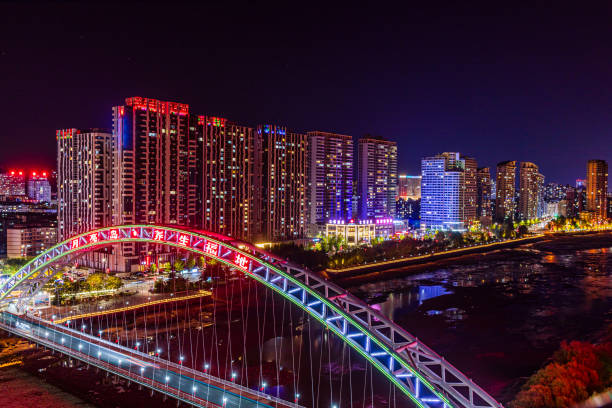
Dandong_Yalu_River_Broken_Bridge.
Local Cuisine and Accommodation Nearby
When exploring the historical and captivating Yalu River Broken Bridge in Dandong, you’ll discover a range of delightful local cuisine and cozy accommodations nearby, perfect for enhancing your visit.
Local Cuisine
1. Long Ji BanYu Zhuang (龙记扳鱼庄)
Located just half a mile from the bridge, this restaurant is celebrated for its fresh fish dishes, particularly the local river fish that embody the flavors of the Yalu River. The casual atmosphere and friendly service make it an ideal spot to enjoy a hearty meal after your exploration.
2. Zhong LianMei Shi Cheng (中联美食城)
About 0.7 miles from the bridge, this food hall offers a plethora of dining options, from traditional Chinese dishes to local specialties. Grab a bite of dumplings or sizzling stir-fries while soaking in the lively ambiance.
3. Jing HaiWan DongGang Seafood (精海湾东港海鲜)
If you’re a seafood lover, make your way to this spot, approximately 1.1 miles away. Known for its variety of fresh seafood, the restaurant serves dishes that highlight the region’s maritime bounty. Try the grilled fish or the clam stew for an authentic taste.
4. Dandong North Korean Restaurant (丹东朝鲜餐厅)
Situated just 1.8 miles from the bridge, this unique dining experience offers North Korean specialties. Sample dishes like bibimbap and Korean BBQ, all while enjoying the cultural atmosphere that reflects the region’s historical ties.
Accommodations
1. Dandong Xin Hua Hotel (丹东新华酒店)
This comfortable hotel is conveniently located about 2 miles from the Yalu River Broken Bridge. With well-appointed rooms and excellent amenities, including a restaurant and free Wi-Fi, it serves as a great base for your Dandong adventures.
2. Jinjiang Inn Dandong (锦江之星丹东店)
Just 1.5 miles from the bridge, this budget-friendly hotel offers clean, simple accommodations with a warm atmosphere. The hotel features a restaurant that serves breakfast and is close to various attractions.
3. Dandong International Hotel (丹东国际酒店)
For those looking for a more upscale experience, this hotel combines luxury with convenience, located roughly 2.5 miles from the bridge. Guests can enjoy spacious rooms, exquisite dining options, and stunning views of the river.
4. Hanting Express Dandong (汉庭酒店丹东店)
If you’re seeking a cost-effective option, this hotel, situated about 1.8 miles away, provides comfortable stays with modern amenities. Its convenient location makes it easy to access local attractions and eateries.
After visiting the Yalu River Broken Bridge, indulge in the local flavors and unwind in one of these welcoming stays. Whether you opt for fresh seafood or a taste of North Korean cuisine, Dandong promises an enriching culinary experience alongside its historical sights.
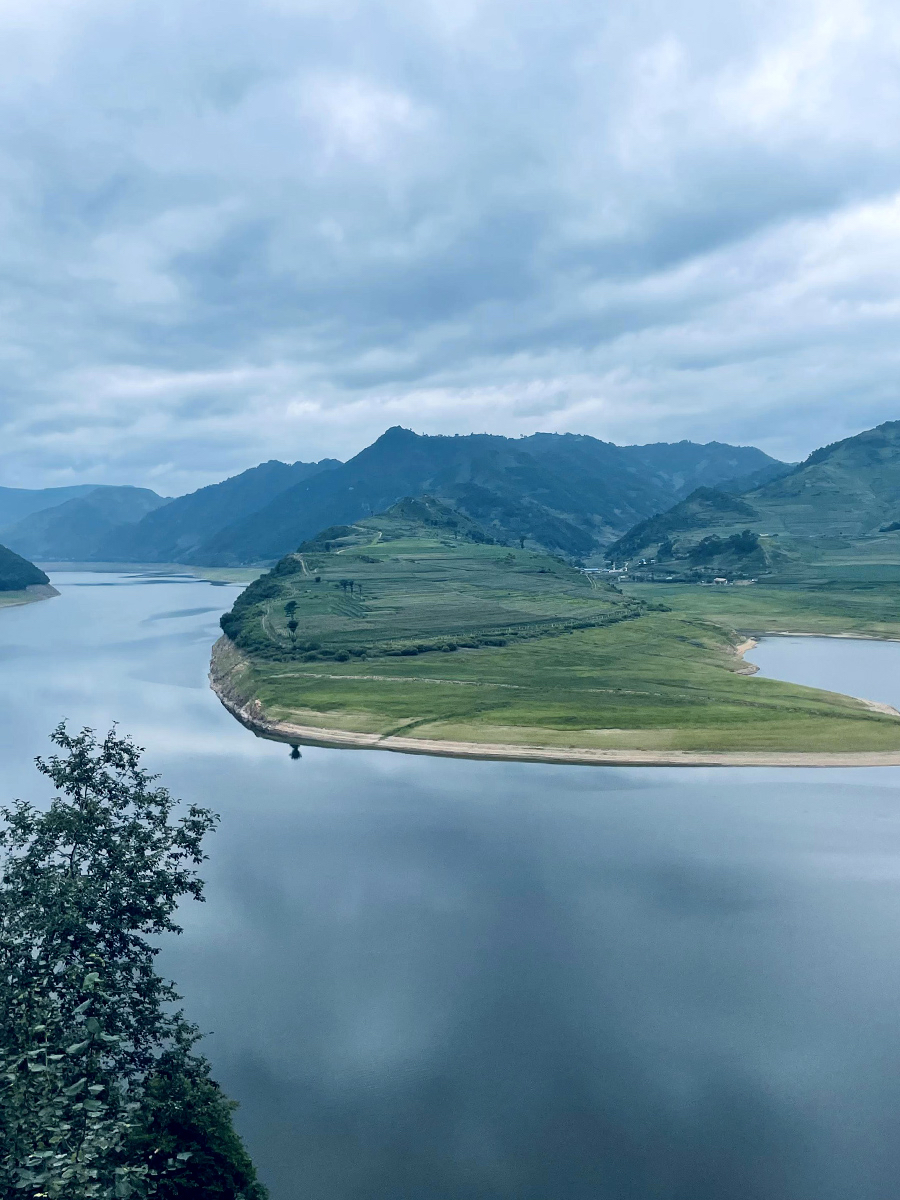
Dandong_Yalu_River_Broken_Bridge.
Frequently Asked Questions
Frequently Asked Questions about the Yalu River Broken Bridge
1. What is the Yalu River Broken Bridge and why is it significant?
The Yalu River Broken Bridge, also known as the Dandong Broken Bridge, is a historical site that once connected China and North Korea. It was partially destroyed during the Korean War and now serves as a poignant reminder of the region’s turbulent history. Visitors come to witness the stark contrast between the two countries as they gaze across the river.
2. What are the visiting hours for the Broken Bridge?
The Broken Bridge is open daily from 8:00 AM to 4:00 PM. Make sure to plan your visit within these hours to fully enjoy the experience.
3. Is there an entrance fee to visit the bridge?
Yes, there is a nominal entrance fee of approximately 30 CNY (around 5 USD) to walk on the bridge. This fee helps maintain the site and provides access to its historical exhibits.
4. Can I see North Korea from the bridge?
Absolutely! One of the main attractions of visiting the Yalu River Broken Bridge is the opportunity to look across the river into North Korea. Many travelers rent binoculars to get a closer view of the North Korean city of Sinuiju, which starkly contrasts with the vibrant life on the Chinese side.
5. Are there any guided tours available?
Yes, several local tour operators offer guided tours that include a visit to the Broken Bridge. A guide can provide valuable historical context and enhance your understanding of the significance of the bridge and the surrounding area.
6. What should I wear and bring while visiting?
Dress comfortably and wear sturdy shoes, as you’ll be walking along the bridge and potentially exploring nearby attractions. It’s advisable to bring a hat, sunscreen, and water, especially during the warmer months. A camera is a must for capturing the stunning views!
7. What other attractions are near the Broken Bridge?
Dandong has several nearby attractions worth exploring, including the Yalu River Park, the Korean War Memorial, and the Yalu River Bridge. There are also various restaurants and cafes in the vicinity where you can sample local cuisine.
8. Is the area safe for international travelers?
Yes, Dandong is generally considered safe for international travelers. However, as with any travel destination, it’s always wise to stay aware of your surroundings, respect local customs, and follow any guidance from local authorities or your tour guide.
Final Thoughts on Your Trip
As you reflect on your visit to the Yalu River Broken Bridge, let the echoes of history resonate within you. This poignant landmark stands not only as a remnant of a turbulent past but also as a powerful symbol of connection and separation. Walking along the dilapidated span, with the gentle sounds of Chinese evergreen music in the background, immerses you in the narratives of resilience and change that define this border region.
The views across the river into North Korea offer a unique glimpse into a world so close yet so distant, stirring a blend of curiosity and contemplation. Whether you choose to explore the nearby attractions or simply savor the moment, the experience at the Broken Bridge is bound to leave a lasting impression.
So, as you depart Dandong, carry with you the stories of this remarkable place—stories of conflict and hope, of history and humanity. They are threads that weave together the fabric of your journey, reminding you that travel is not just about the destinations we reach, but the connections we make and the stories we share. Embrace these memories, and let them inspire your future adventures.